Sobel Operator Wikipedia page is well descriptive about how to perform it. There other operators such as Roberts cross and Prewitt
Using convolution operation, you can switch the approach by changing the kernel matrix. Below, the implementation of Sobel and Convolution using Marvin Framework may help you.
Sobel:
public class Sobel extends MarvinAbstractImagePlugin{
// Definitions
double[][] matrixSobelX = new double[][]{
{1, 0, -1},
{2, 0, -2},
{1, 0, -1}
};
double[][] matrixSobelY = new double[][]{
{-1, -2, -1},
{0, 0, 0},
{1, 2, 1}
};
private MarvinImagePlugin convolution;
public void load(){
convolution = MarvinPluginLoader.loadImagePlugin("org.marvinproject.image.convolution.jar");
}
public MarvinAttributesPanel getAttributesPanel(){
return null;
}
public void process
(
MarvinImage imageIn,
MarvinImage imageOut,
MarvinAttributes attrOut,
MarvinImageMask mask,
boolean previewMode
)
{
convolution.setAttribute("matrix", matrixSobelX);
convolution.process(imageIn, imageOut, null, mask, previewMode);
convolution.setAttribute("matrix", matrixSobelY);
convolution.process(imageIn, imageOut, null, mask, previewMode);
}
}
Convolution:
public class Convolution extends MarvinAbstractImagePlugin{
private MarvinAttributesPanel attributesPanel;
private MarvinAttributes attributes;
public void process
(
MarvinImage imageIn,
MarvinImage imageOut,
MarvinAttributes attributesOut,
MarvinImageMask mask,
boolean previewMode
)
{
double[][] matrix = (double[][])attributes.get("matrix");
if(matrix != null && matrix.length > 0){
for(int y=0; y<imageIn.getHeight(); y++){
for(int x=0; x<imageIn.getWidth(); x++){
applyMatrix(x, y, matrix, imageIn, imageOut);
}
}
}
}
private void applyMatrix
(
int x,
int y,
double[][] matrix,
MarvinImage imageIn,
MarvinImage imageOut
){
int nx,ny;
double resultRed=0;
double resultGreen=0;
double resultBlue=0;
int xC=matrix[0].length/2;
int yC=matrix.length/2;
for(int i=0; i<matrix.length; i++){
for(int j=0; j<matrix[0].length; j++){
if(matrix[i][j] != 0){
nx = x + (j-xC);
ny = y + (i-yC);
if(nx >= 0 && nx < imageOut.getWidth() && ny >= 0 && ny < imageOut.getHeight()){
resultRed += (matrix[i][j]*(imageIn.getIntComponent0(nx, ny)));
resultGreen += (matrix[i][j]*(imageIn.getIntComponent1(nx, ny)));
resultBlue += (matrix[i][j]*(imageIn.getIntComponent2(nx, ny)));
}
}
}
}
resultRed = Math.abs(resultRed);
resultGreen = Math.abs(resultGreen);
resultBlue = Math.abs(resultBlue);
// allow the combination of multiple appications
resultRed += imageOut.getIntComponent0(x,y);
resultGreen += imageOut.getIntComponent1(x,y);
resultBlue += imageOut.getIntComponent2(x,y);
resultRed = Math.min(resultRed, 255);
resultGreen = Math.min(resultGreen, 255);
resultBlue = Math.min(resultBlue, 255);
resultRed = Math.max(resultRed, 0);
resultGreen = Math.max(resultGreen, 0);
resultBlue = Math.max(resultBlue, 0);
imageOut.setIntColor(x, y, imageIn.getAlphaComponent(x, y), (int)resultRed, (int)resultGreen, (int)resultBlue);
}
public void load(){
attributes = getAttributes();
attributes.set("matrix", null);
}
public MarvinAttributesPanel getAttributesPanel(){
if(attributesPanel == null){
attributesPanel = new MarvinAttributesPanel();
attributesPanel.addMatrixPanel("matrixPanel", "matrix", attributes, 3, 3);
}
return attributesPanel;
}
}



